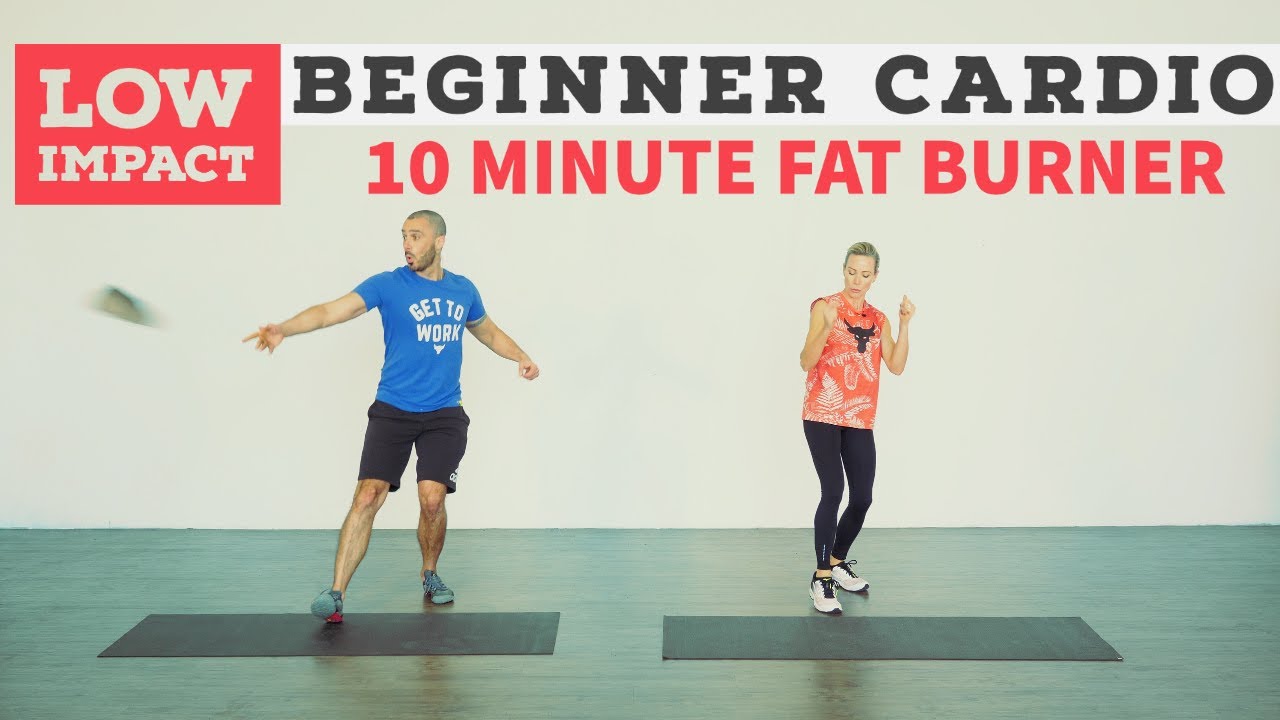
The best exercises for skiing are great for those who love the adrenaline rush and excitement of the slopes. Sideways ski jumping is an excellent exercise. One foot on the ground, push your body up a parallel line and repeat 20 times. So that your adrenaline rush does not become a stress-producing source, it is best to get in shape. Skiing is a fun activity, but it's not without risks, so you need to protect yourself from injury with proper exercises.
Standing lunge
Standing lunges are best performed by skiers who keep their body balanced. The exercise is good for many body systems such as the glutes (hamstrings), quads, calves, quads, and quads. Good balance and core strength are important for skiers to be able turn quickly and keep momentum. To begin, lower one leg so that it is almost parallel to the floor. Next, move back so that the legs are in line. Continue this exercise for three more sets.
To make the exercise more challenging, you can use a cushion or Airex to help you. A pillow or a stable surface can be used as a support. Depending on the height and width of your feet, you might be able use your arms to stabilize. Start by standing on your left leg. Then, place the right leg behind your left. Next, bend your right knee and lower yourself into a curtsey. Next, bend the right knee while keeping it parallel to your left. For at least two sets, repeat this motion on each leg.
Hip twister
Because it tests leg endurance and strength, the hip twister is one among the most efficient exercises for skiers. This exercise replicates the demands placed on the legs while skiing and can be performed in a seated position or on a chair. This exercise helps you develop a strong ski stance by strengthening your quads, glutes and hamstrings. This exercise can also been done by standing on only one leg.
Skiing requires that the hips be involved in the movement and coordination of the hips as well as the knees. When the skis are flexed, the hips allow the skier to adjust the steering angle and edge them. The hips are responsible for this movement as they move the skier's center of mass. Skiers can't navigate the mountain efficiently without this movement and may sustain injury.

Plank
Planks are a great way to improve your skiing technique. It works the lower abdominal muscles. This is crucial for controlling your skis. To get the most benefit from this exercise, consult a personal trainer and ask about the best variations for your sport. There are many versions of the plank. You should choose one that meets your needs. The following are a few of them. Read on to learn more about these exercises.
The plank is an exercise that strengthens your core. Place your hands on the ground and lie down on your back. Then, bend your elbows and keep your arms out in front of your chest. As you rise, contract your core muscles, keeping your arms close to your body. To provide extra resistance, you might consider adding a weight. This will keep you from losing your balance, and you can increase the repetitions as you get stronger.
Squat jump
Squat jumps are great exercises for the slopes, as they work the hamstrings, gluts, and quadriceps. You can begin with a six-inch square box. Gradually increase the height as you gain strength. You can also use a bench or a flat surface to replace a box. For beginners, you should do three sets of five reps and take one-minute breaks between sets.
Squat leaps are great for developing explosiveness in the quads (and glutes) which are essential for turning, pushing out of turns and turning. They also strengthen the core muscles, which are much more used than you might realize. A strong core will keep you balanced and limber when skiing. You won't overexert yourself when you tackle technical terrain. A strong core will also prevent you from straining your hamstrings.
Rowing
Rowing is one of your best cardio exercises. Not only does rowing work your entire body, but it also helps you lose weight, improve your range of motion, and strengthen your cardiovascular system. Rowing is intensely beneficial for the heart and blood vessels. Rowing can also help you relax and improve your mood. Because it is safe for most people and can be used to help with injuries and surgeries, rowing can help you heal.

Maintain a good posture while rowing. Your shins need to be parallel. Also, your arms should not touch your thighs. Make sure your muscles are tight. Keep your abs straight and your back straight. Power Ten can also be done every 500m. That's ten pulls at higher intensities. You want to be in good form during your rowing workouts.
Walking
Walking is one of the most effective exercises for skiing. This low-impact activity improves cardiovascular fitness and bone health. It can be done in all weather. Walking with other people has many advantages. One study published in British Journal of Sports Medicine showed that group walking increased resting heart beat, body fat, cholesterol levels and blood pressure. Check out these tips to increase your fitness level if Nordic walking is something you are interested in trying.
Perform the lunge exercise while keeping your knees bent. The gluteus medius (a key muscle that stabilizes the kinetic chain) is targeted in this exercise. If this muscle is weak, your knees may collapse during the exercise. Be sure your knees are in line with the toes. You will notice a difference in your legs if you repeat this 10 times.
FAQ
Can I consume alcohol while working out?
Yes. Alcohol can increase energy expenditure, speed up healing time, and reduce soreness.
Also, alcohol increases insulin sensitivity which makes it easier to absorb glucose.
However, alcohol can cause dehydration, which can slow down your metabolism. You may also experience a reduction in testosterone production which can lead to decreased muscle-building potential.
Women shouldn't consume alcohol before exercising. Women who drink heavily should wait at LEAST 24 hours before they start working out.
Women who are nursing should avoid alcohol as much as possible.
Men should drink only one glass of alcohol per day.
What is the best 7-day workout program?
A seven day exercise program should include cardiovascular training (running or biking), strength exercises (using freeweights, weight machines) and one flexibility/core workout. It's essential to do each activity at least once a week. Each session should not take more than 45 mins.
Cardiovascular Exercises: Running, biking, swimming
It is important to complete at least 60 minutes of cardio per week. You can aim for 75 minutes a week for best results. Cardio exercise can improve blood flow and stimulate muscle development.
Strength Training
Cardio exercises target the heart, lungs and muscles. Strength training targets the muscles, tendons and bones. Strength training can help you burn calories even when you're not working out.
Flexibility and Core Workouts
Core and flexibility exercises are great ways of strengthening your whole body. Both yoga as well as Pilates are great choices.
What is the best exercise routine to build muscle?
You need to perform two types of exercises when building muscle mass. These are isolation exercises and compound moves. While isolation exercises focus on specific muscles, compound moves target multiple muscle groups simultaneously.
You can improve your workouts by choosing exercises that challenge all major muscle groups. This ensures that you are always working hard during each session.
MyFitnessPal is an app that allows you to track your activities. It allows you to log everything from calories burned to weight lifting. You can also create custom meal plans based on your goals.
Statistics
- Get free shipping and 25% off today. (healthline.com)
- Are You One of the 20% of Guys (mh.co.za)
- The PRS enabled risk stratification for overall prostate cancer and lethal disease with a four-fold difference between men in the highest and lowest quartiles (HR, 4.32; 95% confidence interval [CI], 3.16-5.89). (pubmed.ncbi.nlm.nih.gov)
- Candidates and applicants must pass all four tests at 70% (minimum level) to graduate from Basic Deputy U.S. Marshal (BDUSM) Training. (usmarshals.gov)
- 10 pounds in a month is likely during a lean bulking phase, especially for beginners. (muscleandstrength.com)
External Links
How To
What nutrients does a man require daily?
Daily nutrition is essential for men's healthy growth. Vitamins, minerals, vitamins, nutrients, carbohydrates, fats and fiber are all essential for the body.
Also, the male body requires certain nutrients at specific times during the day. When you're sleeping, your body uses energy from food for hormones, proteins, and enzymes. You use protein to build muscles and repair damaged tissue when you wake up.
Your body uses the night to break down fat and store extra energy as glucose. Your body has less energy but still requires enough nutrients during this time. You might have an occasional snack during the night if your stomach is feeling hungry.
To fuel your muscles while you train, you will need sufficient carbs as well as protein. If you train hard, you may experience muscle soreness after exercising.
To prevent this, you must consume carbs and protein within 2 hours of training. To provide energy, your body will begin to break down stored glycogen.
After your workouts, you should eat protein immediately. This prevents the breakdown of muscle tissue that occurs while you sleep.
Lactic acid is produced by the body during periods of intense exercise. The body produces lactic acid when there is too much activity. This can cause fatigue. You can avoid this by eating carbohydrates-rich foods like fruits and veggies.
Carbohydrates are a good source of energy to help you recover from hard exercise.
Your diet may include lean meats like fish, eggs, milk cheese, yogurt or beans as well as lean proteins such as fish, eggs, egg yolks, cheese, yogurt, bean, peanuts and seeds.
All of these foods contain high-quality protein. Protein is important for muscle growth and repair. Protein also supplies the amino acids your body requires to make sex hormones, such as testosterone.
A healthy skin, nails and joints requires sufficient dietary fats. Healthy men require between 20% and 35% of total caloric intake from fat.
Fat helps keep your heart strong and protects against cancer. Your brain also functions properly thanks to fat.
Most of the fat you need can be obtained from vegetable oils, including sunflower oil (or soybean oil), peanut oil, peanut oil, soybean oil, and peanut oil.
These oils are high-in monounsaturated, unsaturated fatty acid (MUFAs). MUFAs help lower cholesterol and reduce inflammation. They protect cells against damage from free radicals.
Saturated fats are found in animal products including meat, dairy products, butter and other dairy products. SFAs can increase LDL ("bad") cholesterol as well as triglycerides. They also promote weight gain and belly fat.
Plant-based oils such as vegetable oil, nuts, seeds, or grains are rich in polyunsaturated fats (PUFAs). PUFAs are good for your heart health and help to reduce inflammation. They also help control blood sugar and cholesterol.
Erectile dysfunction is common in men with low HDL ("good") cholesterol. A high intake of saturated fats leads to higher levels of bad cholesterol.
Men who eat a lot of red meat or pork develop prostate problems because they contain large amounts of nitrates. Nitrites convert to nitrosamines when cooked at high temperatures. These compounds can lead to cancer.
Most processed meats contain nitrites and other harmful chemicals. You should avoid them.
The American Heart Association recommends eating no more than 2 servings of red meat per week. Choose poultry, fish and legumes instead.